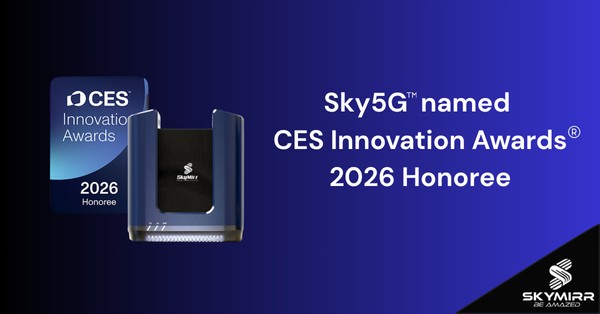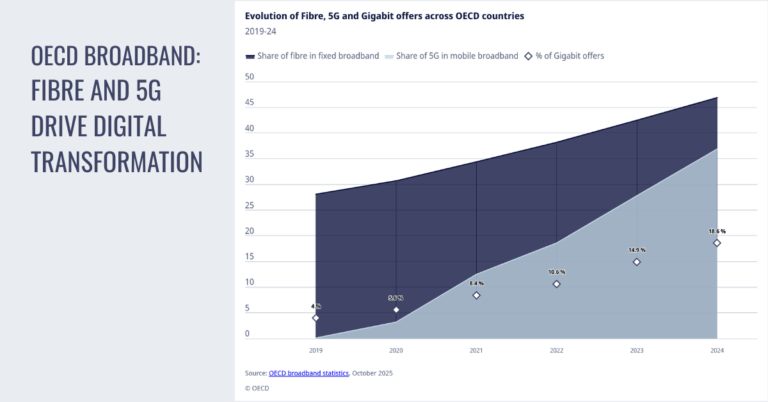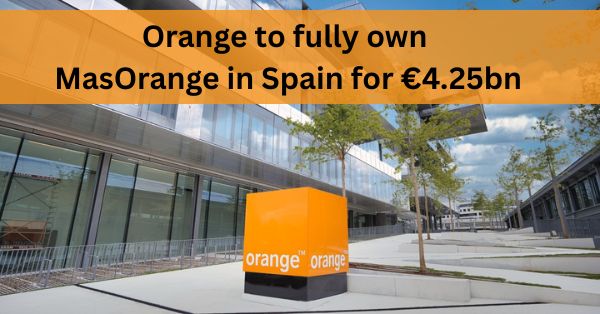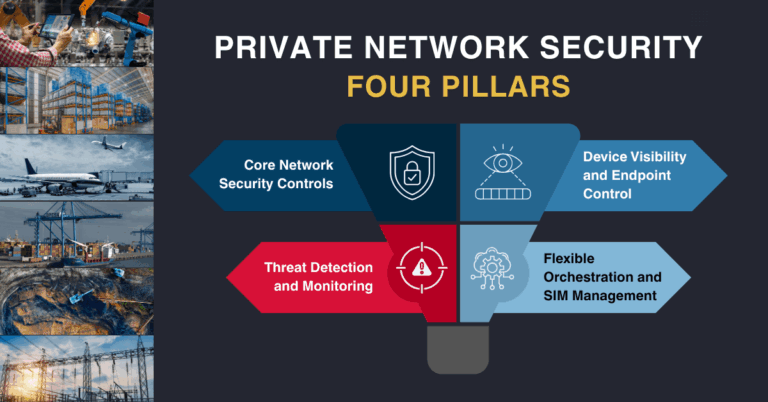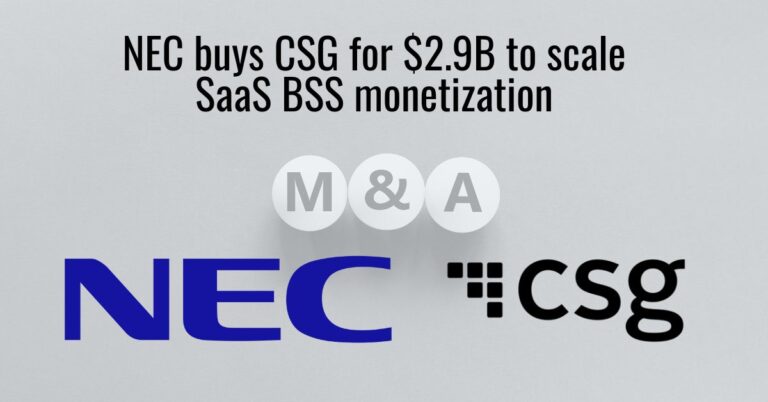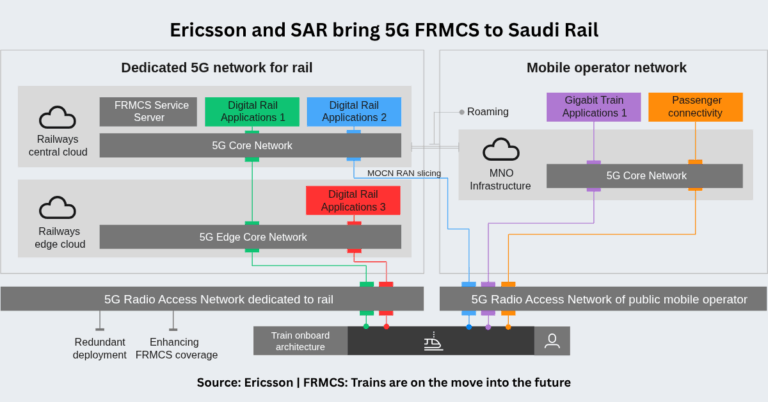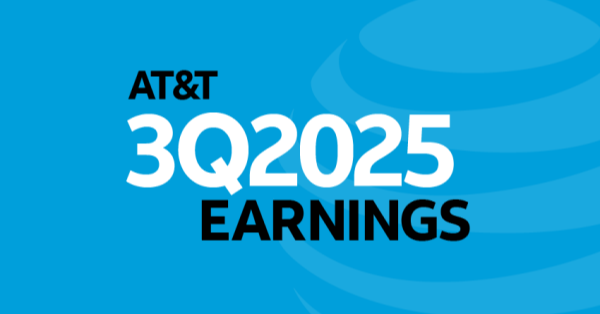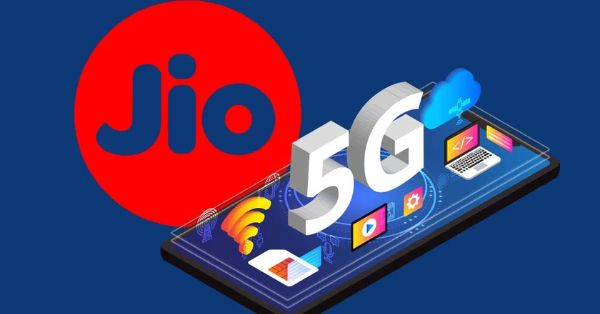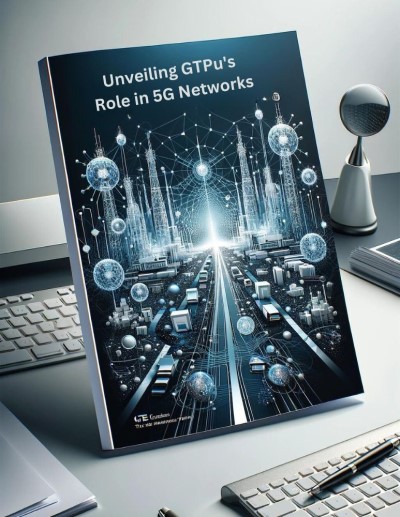- Tech News & Insight
- November 6, 2025
- Hema Kadia
Telefónica delivered modest organic growth and wider 5G and fiber reach in Q3, while resetting free cash flow expectations amid operational and macro headwinds. Group revenue reached €8,958 million in Q3, with organic growth of 0.4%, and EBITDA rose organically by 1.2% to €3,071 million. 5G coverage reached 78% across





